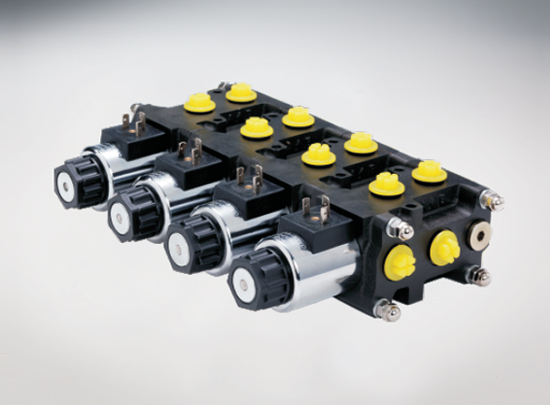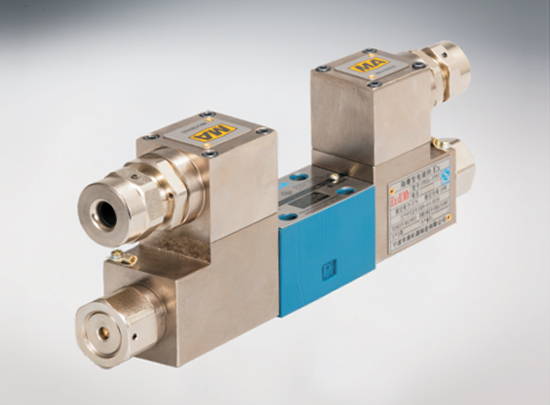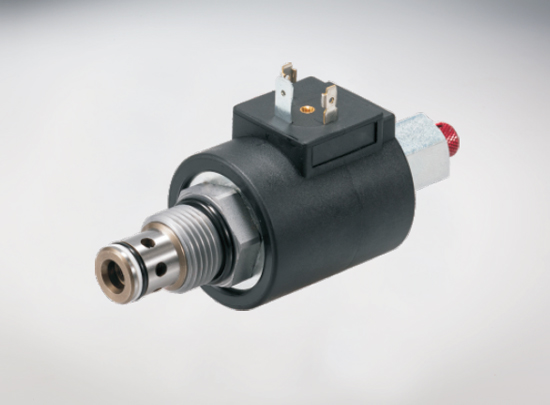Explore the diverse world of hydraulic valves
create_time:2024-04-09 author:
In hydraulic systems, hydraulic valves play a vital role. They control and regulate the flow direction, pressure and flow of fluid to ensure efficient and stable operation of the system. Recently, in an interview with the media, HOYEA MACHINERY hydraulic technology expert Huang Gong introduced the types of hydraulic valves and their working principles in detail, revealing how these precision components contribute to the development of modern industry.
What are the types of hydraulic valves?
There are many types of hydraulic valves, each with its own unique functions and areas of application. Huang Gong first mentioned the directional control valve. This type of valve is responsible for controlling the flow of fluid, thereby changing the movement direction of the actuator. Among them, the solenoid valve quickly switches the fluid path through electromagnetic force, while the manual valve requires manual operation to achieve directional control.
Pressure control valves are another major category, including relief valves, pressure reducing valves, sequence valves, etc. The relief valve can limit the maximum pressure in the system and prevent overpressure from causing damage to the equipment; the pressure reducing valve is used to reduce the fluid pressure to meet the needs of different working conditions; the sequence valve controls the working sequence of multiple actuators.
Flow control valves, such as throttle valves and speed regulating valves, control the flow of fluid by adjusting the valve opening, thereby affecting the speed of the actuator. The throttle valve is suitable for occasions where speed stability is not required, while the speed regulating valve can provide more precise speed control.
In addition to the basic types mentioned above, there are also hydraulic valves with special functions, such as proportional valves and servo valves. Proportional valves can continuously adjust the valve opening according to the strength of the input signal to achieve fine control; servo valves are widely used in high-precision control systems because of their high precision and fast response characteristics.
In actual work, hydraulic valves need to be used in conjunction with other components such as pumps, cylinders, pipelines, etc. to form a complete hydraulic system. For example, in the arm control of an excavator, the directional control valve is responsible for controlling the flow of hydraulic oil so that the arm can lift, lower, extend, and recover; while in the pressure system of an injection molding machine, the pressure control valve This ensures that the plastic in the mold can be formed under appropriate pressure.
The design and manufacturing of hydraulic valves is a highly specialized field involving materials science, fluid mechanics, precision machining and other disciplines. With the development of industrial automation and intelligence, hydraulic valves are constantly undergoing technological innovation to meet more complex and precise control needs.
Hydraulic valves have an extremely wide range of applications, from engineering machinery to aerospace, from industrial production to daily life, they are almost everywhere. Their performance directly affects the reliability and economy of the entire hydraulic system, so the research and optimization of hydraulic valves has always been an important task for engineering and technical personnel.
In short, as the core component of the hydraulic system, hydraulic valves have diverse types and working principles, providing powerful power and control support for modern industry. With the continuous advancement of technology, hydraulic valves will be more intelligent and efficient in the future to adapt to the new needs of industrial development.

 English
English
 Español
Español
 русский
русский
 français
français
 Deutsch
Deutsch




